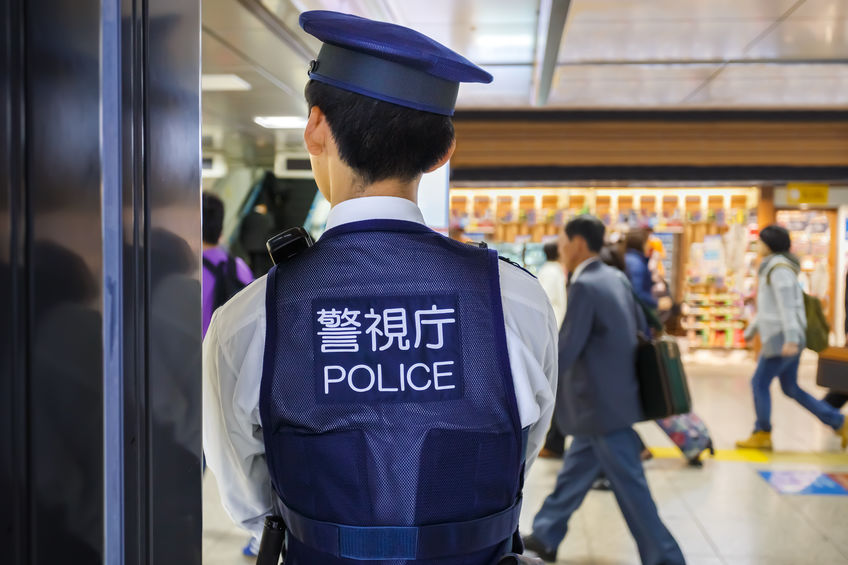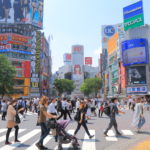Do Japanese Police Carry Guns?

Do Japanese Police Carry Guns?
Japanese Police and Firearms: The Balance of Authority and Safety
The History and Foundation of the Japanese Police Force
To understand whether Japanese police carry guns, we must first delve into the history and formation of the Japanese police system. After World War II, Japan’s American occupiers wanted to reform the nation’s police force to be more democratic and community-based. The National Police Reserve, established in 1950, was transformed into the National Police Agency in 1954. The agency was built around the philosophy of “Policing by Consent” — a concept that emphasizes maintaining public order by earning public trust and cooperation.
Policing by Consent: Less Force, More Communication
“Policing by Consent” shaped the perspective of the Japanese police force regarding the use of force and weapons. Japanese police officers are trained to solve issues with minimal physical force, relying heavily on dialogue and negotiation skills. This cultural and institutional emphasis on communication and de-escalation plays a significant role in understanding the relationship between Japanese police and firearms.
Firearms in Japanese Policing: An Exception, Not the Rule
Despite the emphasis on non-violent resolution, Japanese police officers are, in fact, armed. They carry a type of revolver called a New Nambu M60, a small, lightweight weapon that is usually holstered and kept out of sight. However, the use of these weapons is strictly regulated, and discharging a firearm is generally considered a last resort. A firearm discharge by a police officer requires extensive paperwork and is subject to rigorous review. This caution stems from a long-held societal aversion to firearms in Japan, which can be traced back to the country’s history and culture, as well as its stringent gun control laws.
Strict Gun Control Laws: Context for Limited Use of Firearms
The context of Japan’s stringent gun control laws provides further insight into why the use of firearms by police is heavily controlled. The possession of handguns is banned outright for civilians, and obtaining a shotgun or an air rifle involves a lengthy and exhaustive procedure. These laws, paired with harsh penalties for violations, result in one of the world’s lowest rates of gun violence. Therefore, a policy of limited and controlled use of firearms by police aligns with Japan’s broader social context.
The Outcomes: Success of the Japanese Policing Model
Despite—or perhaps because of—this restrained approach to firearm use, Japan enjoys one of the lowest crime rates in the world. The emphasis on non-violent conflict resolution, community engagement, and stringent gun control laws has led to a society where police rarely need to use firearms. Incidences of gun-related violence, both from civilians and law enforcement, are incredibly rare. This suggests that the Japanese policing model, focusing on de-escalation and strict firearm regulations, has been largely successful.
In conclusion, while Japanese police do carry firearms, the use of these weapons is the exception rather than the rule. The policing philosophy, underpinned by historical, cultural, and legal contexts, promotes the resolution of conflicts through dialogue, negotiation, and community engagement. These factors contribute to the rarity of firearm use, which is in harmony with Japan’s broader societal goal of maintaining peace and order with minimal reliance on violence.










